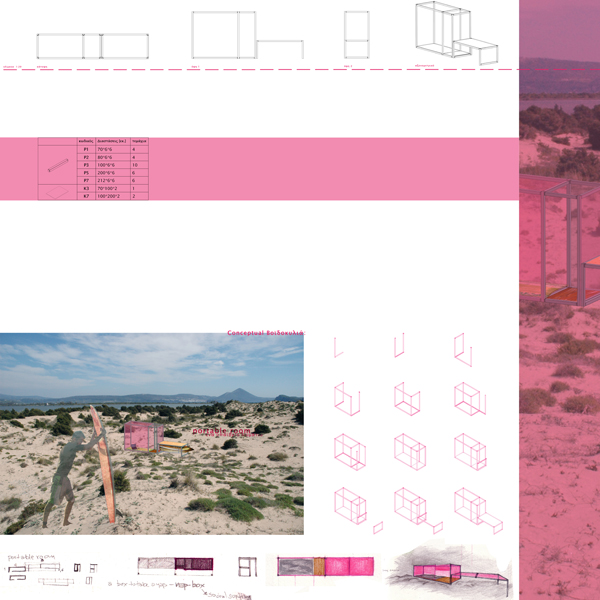

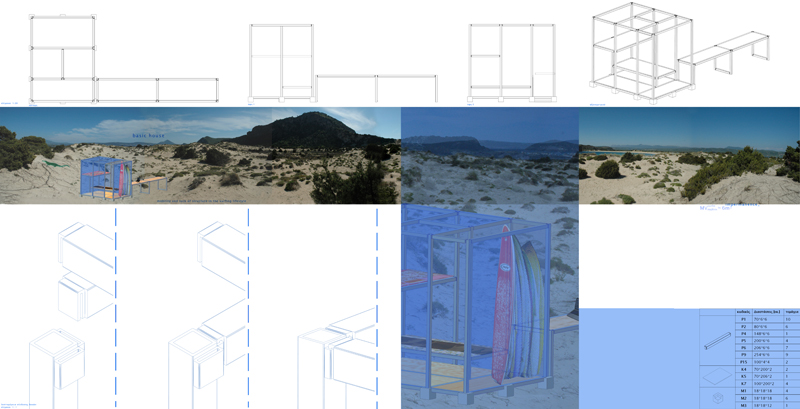

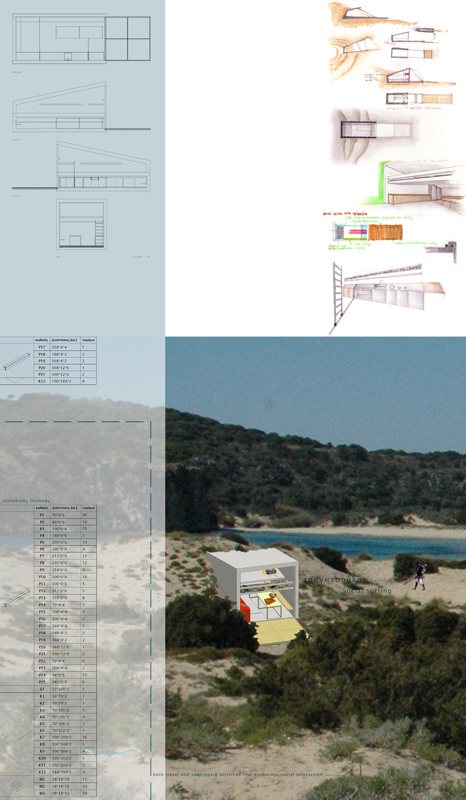

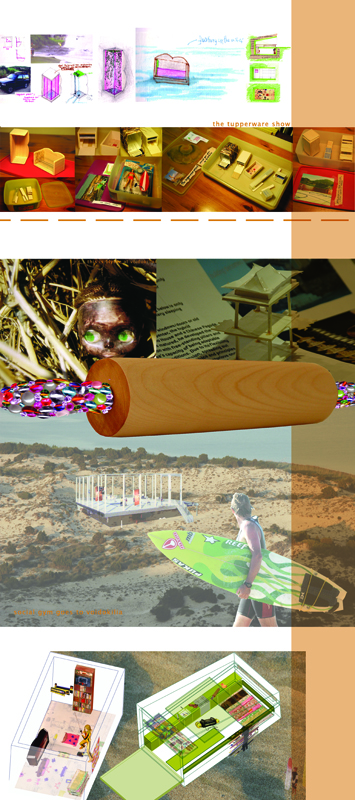





The beach of Voidokilia is sited between two high rocks, near an archeological area and the cave of Nestoras which has been a base used for the attacks of the pirates. The local road that leads to Voidokilia ends near the beach. Having walked across the beach half the distance, in the middle turning left to the inside among the hills of sand and the bushes, one finds the central construction made of concrete. Inside of this construction are kept all the pieces of the four basic units, the assemblages, which could be also called nap boxes as long as they only provide the surfers a minimum shelter with a soft mat to sleep at night, a clean space to store their surfboards and a power supply to use the laptop or to charge the camera. Each assemblage, for one, two. three and four surfers consists of steel columns which articulate between them to make the skeleton on which surfaces of sea plywood are posed to make the floor, the beds, the tables and the selves. This skeleton is covered with a kind of tent made of gore-tex, a material which is windproof, waterproof and breathable with a slight transparency. The toilets, the showers and a scullery which can be automatically transformed to a bath tab-an instant oasis-are all open air, sited near the lagoon, among the reeds. At the central construction is the kitchen, the dinning room and the lab with water and power supply. The constructions are sited on the beach of Voidokilia, following an invisible spiral, with the adequate distance between them in order to seem spread at the beauty of this landscape without disturbing its harmony, but furthermore adding some to it.
Supervisor: Tzirtzilakis Yorgos
Reference Number: 17
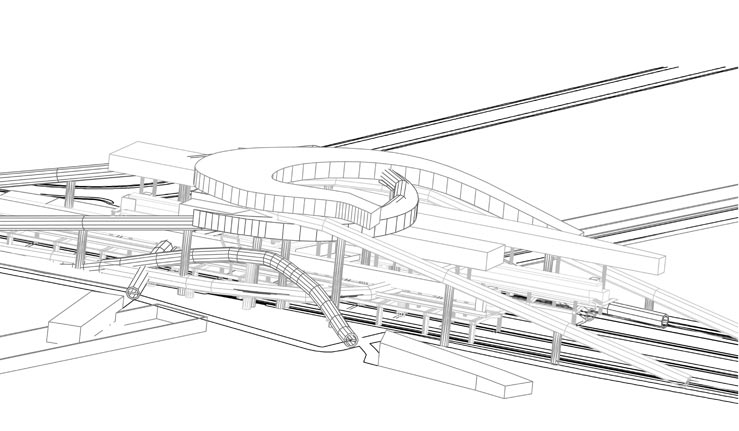

Beginning from a revision of the contact between the contemporary city of Athens and the pattern of the network city - the city of flows and mobility - the proposed settlement attempts to negotiate the transformations caused by the realization of the Athenian autopia. The node is located in the Kantza area, in the middle of the contradictory and rapidly developing suburban periphery of Mesogeia. More specifically, it is constructed at the intersection of the new urban highway and a local surface stream, seeking to redefine, divert and stretch the automobile flow. This latter, crucial for the cognitive map of the area, is conciliated with the water flow, element par excellence of mobility, as well as with the movements of pedestrians. The making of the form follows the movement of cars in six new roads/options and the confrontation of multiple flows. The uses (shops, gallery, amphitheater, café, restaurant, car exhibition) are ‘suspended’ on the emerging fabric. What is being investigated is the dialectics between place of movement and place of position and their mutual redefinition in the new suburban landscape of Attica.
Supervisor: Kotionis Zissis
Reference Number: 37
The subject of our Diploma project is the landscape redesign of the two central parks of Aristotelio University campus of Thessaloniki.
We suggest the design of a unified grid of serpentine routes that connect:
• Aristotelio University campus with the urban space.
• The buildings that consist Aristotelio University campus of Thessaloniki.
Using the meaning of folding surface as a material of design we create new paths and we recreate the existents. These walking paths enclose functions and places for relaxation for the students of the university and the people that visiting the place.
Supervisor: Triantafillidis Giorgos
Reference Number: 11


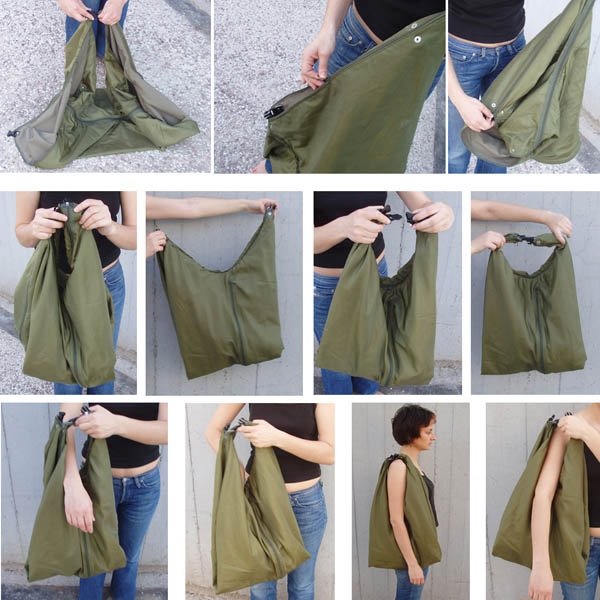

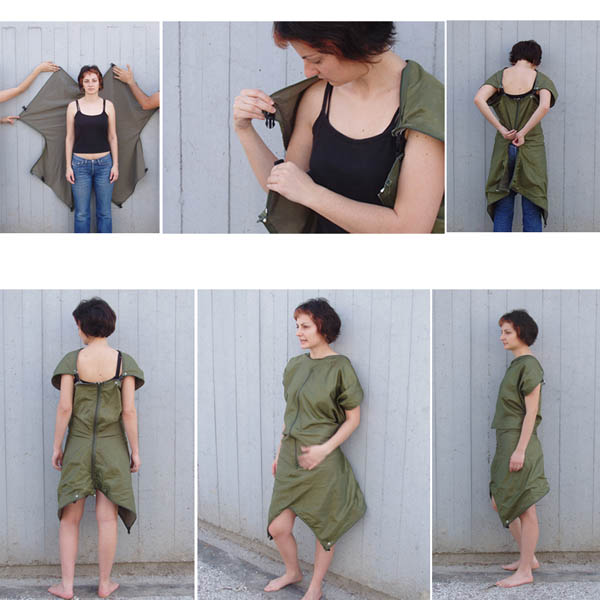

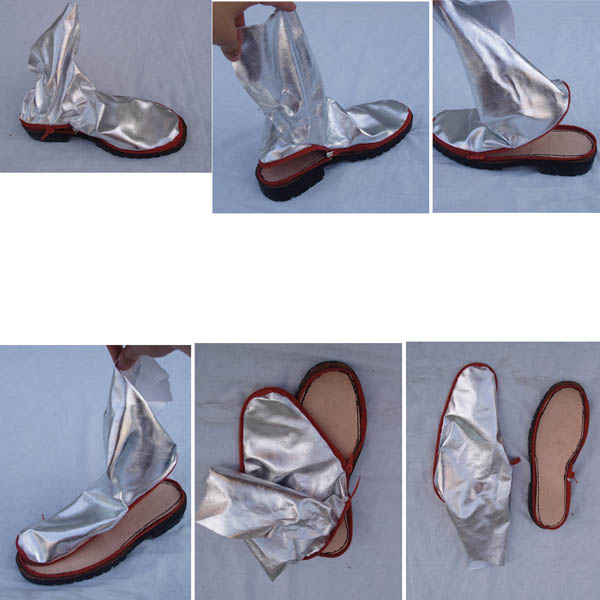

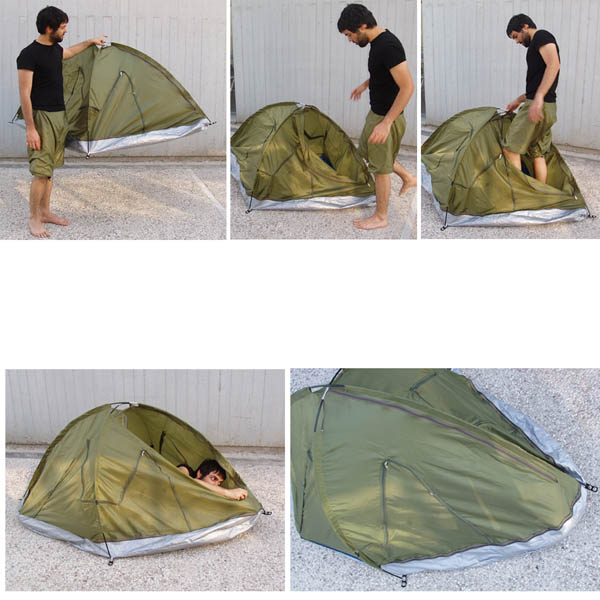

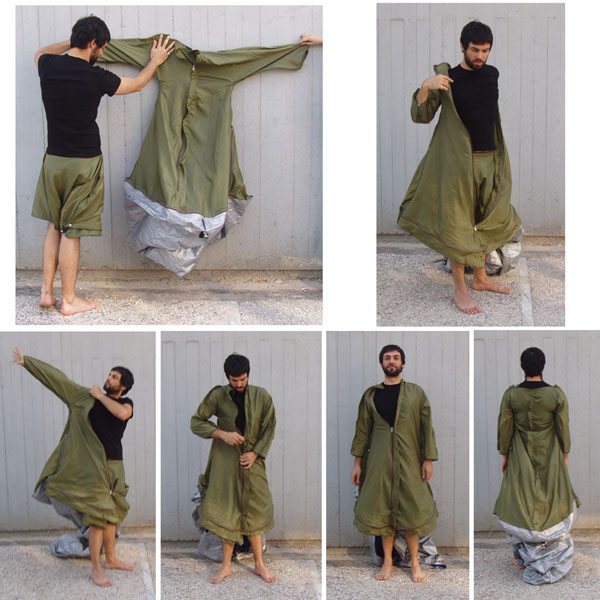

Social group: Refuges. Aim of design: Their temporary accommodation. Starting point: The observation of the way immigrants inhabit and appropriate Athens’ city center. The route of the final project: The process of ideas’ production from the starting to the arrival point of the final product, with the journey being an essential prerequisite. It concerns a route that starts from the designing of a net of reception and hospitality units for migratory and homeless refugees and leads to the design of an inhabitancy wear for them with their status as travelers. A transition from the built space to the intermediate space of cloth, the first temporary shelter during movement. The status for the refugee is a status of identity and locus loss. A hovering condition between recognition and rejection, settlement and movement. Refugee means not to carry your suitcase, haven’t anything to hang up in your wardrobe, all your belongings in your back, have no key or property. It also means illegal movement, physical exhaustion and fight with naturally and weather conditions. The clothing is for them a temporary shelter that they carry always together. The final design proposal includes multi-usable objects-refuges : /a folding portable tent transformed into a raincoat / an optional usage garment that can be worn as a jumper, trousers, dress or bag/ a sleep-covering that can stitch into a velcro-frame around the body skin and be part of a complete clothing solution and/ soft shoes than can be put and changed into a stable shank according to weather conditions. The refuge clothing with appropriate mechanisms and structure can be transformed, cover and enclose the body optionally, according to movement conditions. The refuge wear debunks the conventional and standardized ways of clothing while it provides an optional clothing or refuge, minimal, essential, and primal. The cloth after the naked body and the space defined between the body, the garment and the outer environment constitute the second skin of the refugee.
Supervisor: Kotionis Zissis
Reference Number: 19


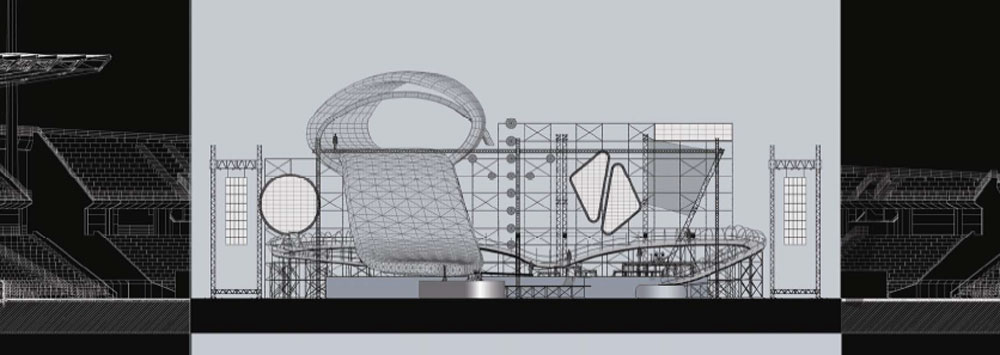

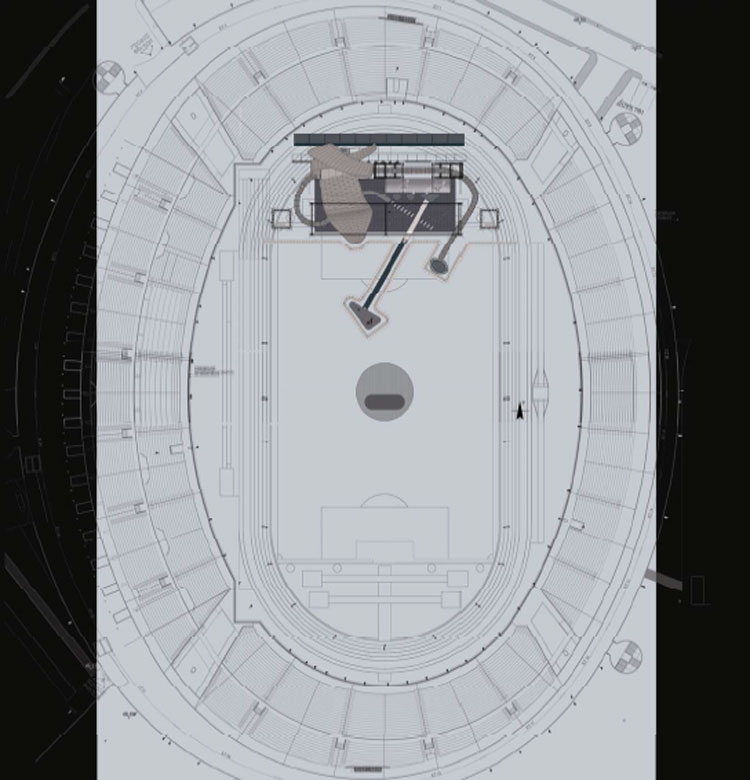

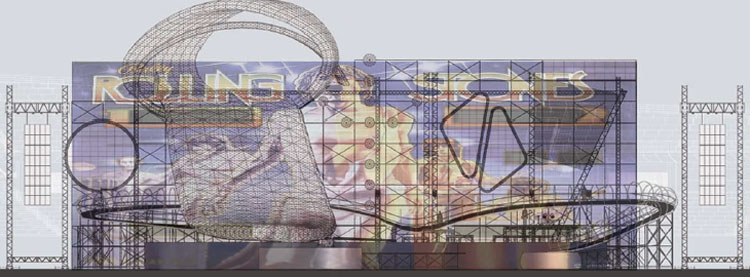

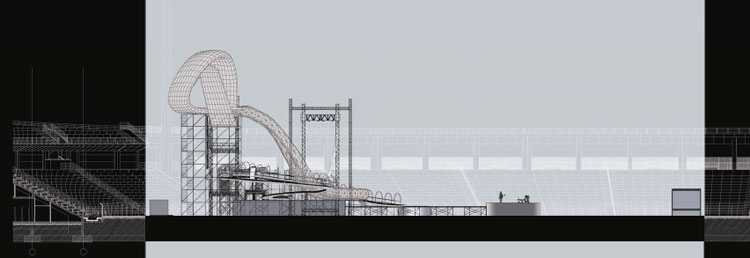

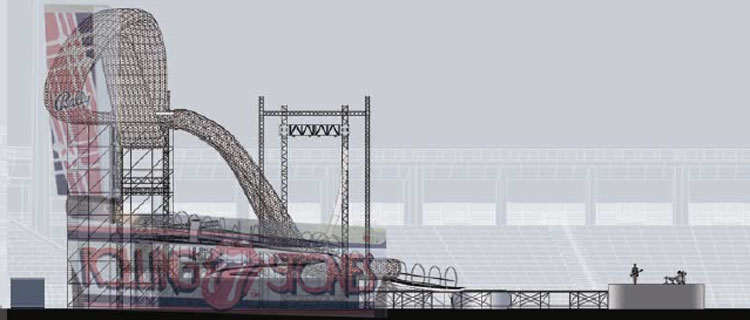

This project presents the construction of a concert stage and relates with the production factors of a rock concert, which takes place in the Panthessaliko stadium of Volos.
The stage of this concert is a portable construction composed of elements which are being transported in the stadium in order to be assembled for the erection of the stage. These elements are being detached with a reverse process when the concert ends.
The idea of the creation of this stage came from the correlation of a rock concert with the Rolling Stones with the structure and the qualitative characteristics of the flipper game. The playfield of the flipper, just as the stage, constitutes a background of fixed and mobile elements related with lights and sounds where the ball is moving, like the group, and specially like Mick Jagger, in the environment of the stage. In this reference in which the public is considered as the player of the game, exists a common basis and that is the interaction between the player and the ball and the public and the group.
The stage with the backstage are located in the northern part of the stadium and cover the region of the small side of it, from the one edge of the tiers to the other. Main elements of the stage settings are a central platform and two smaller, which one of them is placed among the public, a system of scaffoldings that is the backdrop of the basic stage, a construction that functions as surface for video projections and that is being formed during the concert, a basic corridor that runs through the central platform and four frames of square trusses, two of which move mechanically. The special equipment that is required for the rock concert which is related with the sound, the lighting and the projections video, is applied on those basic elements of the platform.
Supervisors: Papadopoulos Spiros, Vrontissi Maria
File: 23ANTONIOU_DTPresentation.pdf
Reference Number: 23
The experimental kitchen is the designed form based on the human body’s behavioristic imprint during the cooking procedure, according to the theory of energy bubbles. The study of the subconscious habits in the kitchen, the kinetic typology and the methodology of the eating, the making - the- food, the washing - the - dishes and the storage procedures leads to the cooking
procedure’ s approach as a scientific field of interest. The food environment, sinthesis of individual components, consists a propose of a new lifestyle, where the duewl’s attitude changes towards it according to the his / hers needs and mood. The monolithic material, the flexibility and variety of shape and the industrial method of production considers it an art object stylish environment but a functional space of work and leisure as well.
Supervisor: Tzirtzilakis Yorgos
Reference Number: 18
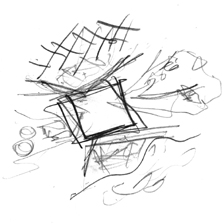

The project concerns the area between Piraeus, Ermou and Iera Odos streets, which is in the middle of Technopolis of the Municipality of Athens (“Gazi”) and of the archeological area of Kerameikos. It aims to the creation of a pole which will complement the other two poles of the Historical Metropolitan Centre of Athens, Syntagma and Omonoia. This proposed pole is going to form the 3rd Square of Athens, reference point proportional to the other two squares, and complete the triangle on which the city’s urban planning is based. The centre of the capital will be read clearly as the centre of three squares – reference point for the city’s urban planning.
The proposal is aiming to the improvement and distinction of the area to a multifunctional, mainly cultural “cell”. This project is also aiming, besides its cultural objectives, to an essential, urban and traffic improvement of an important gate-entrance to west Athens which always constituted main entrance to the city. It will contribute to the development of the historical centre, to the development of the great history of Athens and to the creation of necessary cultural, recreation areas and in general an area for all city events essential for a modern metropolis.
The area between the archeological area of Kerameikos, Gazi and degradation areas of west Athens consists the key and the main reference point for the connection of east and west sections of the city. Peiraios street just like a river separates degradation and developed areas. This project is negotiating the “contexture” of urban area at this part of the city. Kunstalle is considered to be a joint place, with the objective of restoration of urban net and the creation of a pole which will lead to a further development of the degraded west section of the city.
The study refers to general topographic as the intervention area. Individual parts that compose the area which is under examination is Gazi, Kerameikos and the areas from both sides (north and south) of their meeting point. Basic observation of project’s development is the existence of a conceivable shaped square at the "intermezzo" of these four building squares. This sense is strengthened if someone will read the north and south areas as coiling and creation poles of this intermediate-transitional area. Main objective of this study is the creation of this square with a character of "navel" and as an "intermezzo" of important urban events, as well as the reinforcement of poles aiming to the creation of a unified cultural place of Gazi-Kerameikos.
The proposal constitutes in a level of ground plan a fold which develops into three basic parts. The two side parts are based in the northern and southern plots with two large underground parking areas of two floors. In the northern plot, where it constitutes free space in which there is a useless hole of the underground railway, is proposed the Design center. It’s a building with the shape of a huge spiral-ramp which has the aim to lead the visitor to the square via "rooms of applied art". In the southern plot, in which there is the declined building square of Korean district, is planed to be a Congress Centre. It is a big ground foyer of three floors where from its top floor are going down in different heights three buildings which respectively constitute congress areas- amphitheaters. At the boarders of these two plots with the department that was characterized as “intermezzo” are going to be two multi-storey “buildings-galleries” which undertake the vertical communication of these three plots with extra usages per floor (helping areas and wet area in the underground tiles, administration in intermezzo area and recreation in their penthouses). Together with the “corridors” that begin from these with the same geometry and embrace the boundaries of Gazi and Kerameikos, they constitute the poles that will create the intensity - flow in the intermediate, determining at the same time the junction of Gazi and Kerameikos.
However, the central idea of the proposal, Kunsthalle area and the square (which is the intermediate fold) is developing into a place in which a plot doesn’t exist but on the contrary there is a bound that separates the ancient and the modern, the developed and the degrading. It borrows its plot from the part of the plot at Gazi, Kerameikos and part of Peiraios street, which exists at this specific part with the objective to stop separating the unity of Gazi – Kerameikos.
What is however Kunsthalle? The German term Kunsthalle is used in order to declare an area which accommodates “art of the present” without permanent exhibition. It’s an area with an experimental and searching character. The city of Athens, as a metropolis lacks of a contemporary art show room. The Greek term Kunsthalle follows the two above-mentioned principles of German model, while it constitutes a centre of artistic creation, a big hall of contemporary art, an area of modern creation following the logic of "streetlife". It could accommodate Greek and international cultural quests, constitute an international art meeting acquiring in this way super local usage.
Geometrically, Kunsthalle has a double character. It is constituted by a floor, the "down square" and an elevated course - path. The down square links floors, constitutes an intermezzo in a big shaped unity of the large cultural park of Gazi-Kerameikos constituting the entrance of these two areas. It increases the flow between the two unities functioning as a filter of the city. The elevated course is a street above the road, trapped at the grid of columns (with orientation to North-South) of the building. The flow of this street which symbolic joins Gazi and Kerameikos, wishes the converse with the flow of Iera Odos. Acquires the character of a peripatetic archway between the two squares (up and down square), and follows the same geometrical principles with ancient remains. The same building pursues to take part in Kunsthalle’s event. It functions as capacitor of past and present and Kunsthalle is the accelerating part.
The loft of Kunsthalle constitutes the upper square. It’s big and lightly inclined, so as to strain the “deck’s” flow, which has the logic of a big boat deck. It wishes to accommodate, besides all daily needs of any square, circumstantial urban events, as well as shows, concerts and other similar events. It constitutes a “belvedere”. It provides a view from the top of the city, Gazi and Kerameikos with the look going up to Acropolis.
In conclusion, we emphasize the meaning of exhibition in this specific project. Design center is the exhibition of objects, Kunsthalle is the exhibition of art work, congress is the exhibition of ideas while at last the square constitutes the exhibition of the city itself and of its residents.
Supervisor: Triantafillidis Giorgos
Reference Number: 25
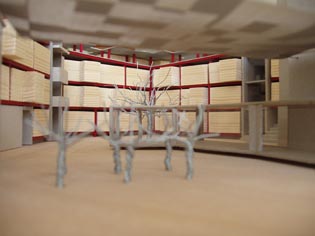

The starting point of this wonder that leaded to the project of my diploma is the research and the analysis of two specific areas. The one area is the variability of the constructing procedure and the other is the flexibility that is offered to the requirements of the building’s program at each time. Meanwhile, during the concept of the project, some new researches and questions arose that had to be faced in the limits of the project, in order to reach a totally integrated designed product. The way of approaching and achieving that target is done through the creation of a guest building (or house) for foreign students in the district of Psirri in Athens.
Supervisors: Gavrilou Evelyn, Triantafillidis Giorgos
Reference Number: 16

